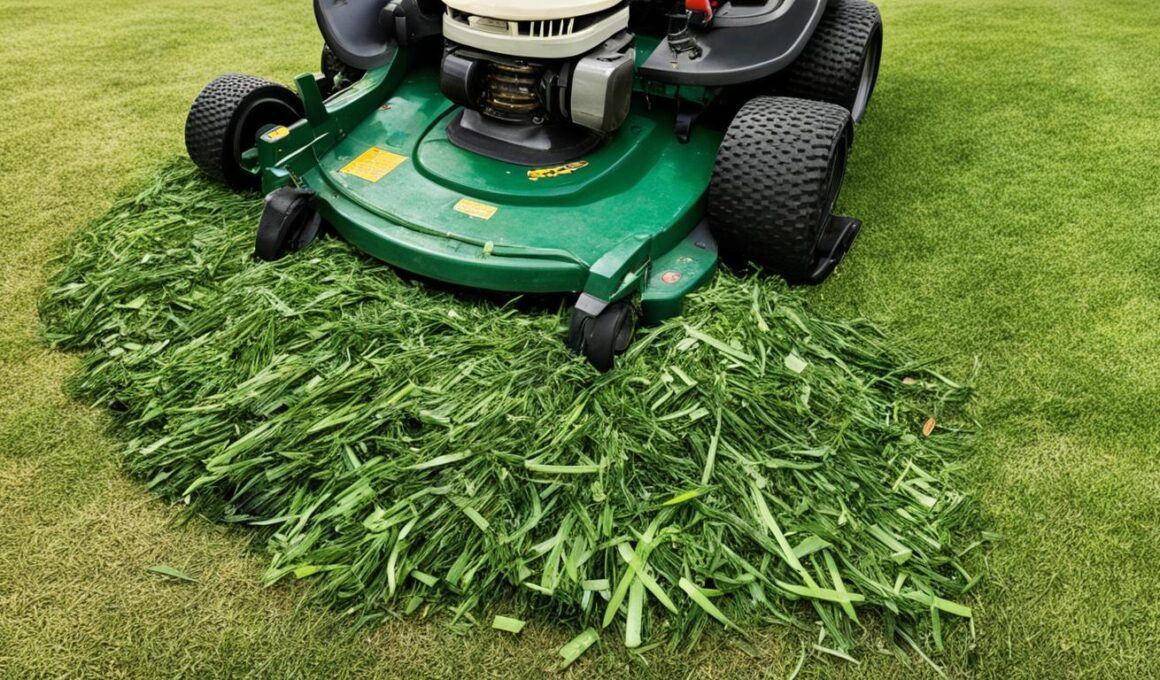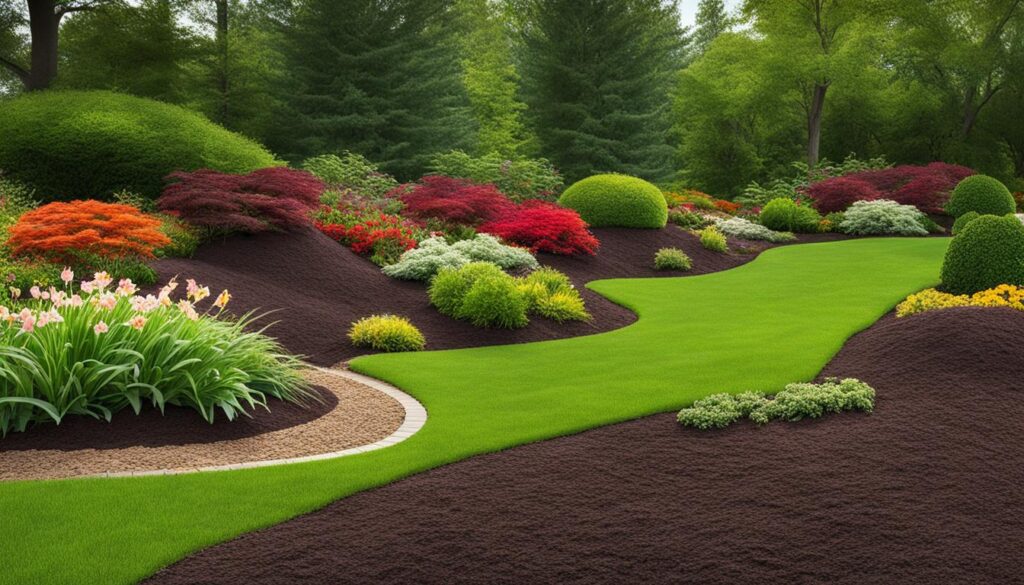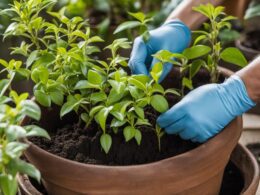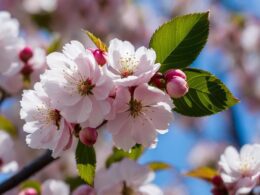When it comes to lawn maintenance, mulching is a popular practice that offers numerous benefits. It helps to suppress weeds, retain moisture in the soil, and protect plants from extreme temperatures. However, it’s important to be aware of the potential drawbacks of mulching, as they can impact the health of your lawn.
One of the negative effects of mulching is the possibility of suffocating and burying plants. Applying a layer of mulch that is more than 3 inches deep can prevent oxygen and water from reaching the roots, leading to root rot and eventual plant death. This is especially true if the mulch is compacted or too dense.
Another potential drawback of mulching is the improper placement of the mulch. When mulch is applied too close to the trunks of trees and shrubs, it can cause rot and create a haven for gnawing rodents and wood-boring insects. These pests can cause damage to the plants and hinder their growth.
It’s important to strike a balance when mulching your lawn. Avoid over-mulching and make sure that the mulch is applied evenly and at the right depth. By understanding the potential drawbacks of mulching and taking appropriate measures, you can maintain a healthy lawn and enjoy the benefits it brings.
Factors to Consider When Mulching Your Garden
Choosing the right mulch for your garden is a crucial step in maintaining a healthy and thriving landscape. There are several factors that you should consider when deciding on the most suitable mulch for your specific needs.
Density and Permeability
The density of the mulch is an important aspect to consider. It should be dense enough to block weed growth and prevent sunlight from reaching weed seeds, but light and open enough to allow air and water to easily penetrate the soil. This ensures that your plants receive the necessary oxygen and nutrients for their optimal growth.
Organic vs. Inorganic Mulch
Another key consideration is whether to use organic or inorganic mulch. Organic mulches, such as leaf mold, shredded bark, and grass clippings, have the advantage of providing additional nutrients to the soil as they break down. These types of mulches also improve soil structure and promote beneficial microbial activity. On the other hand, inorganic mulches like crushed stone or black plastic offer long-lasting weed suppression and moisture retention, but may not provide the same organic matter benefits.
Types of Mulch
There are various types of mulch available in the market, each with its own unique properties and benefits. Common types include wood chips, straw, compost, and rubber mulch. Consider the specific needs of your garden, such as the type of plants you have and the prevailing weather conditions, when selecting the most appropriate mulch for your landscape.
In conclusion, choosing the right mulch for your garden requires careful consideration of factors such as density, permeability, organic vs. inorganic options, and the specific types of mulch available. By selecting the most suitable mulch, you can enhance the health and beauty of your garden while providing optimal growing conditions for your plants.
Conclusion
Mulching is a highly effective technique for maintaining a healthy lawn or garden, bringing a range of benefits that contribute to the overall well-being of your plants. One of the main advantages of mulching is its ability to suppress weeds, reducing the need for manual weed control and allowing your plants to thrive without competing for nutrients and sunlight.
In addition, mulch acts as a barrier, helping to retain moisture in the soil. This is especially important during dry periods or in regions with a high evaporation rate, as it reduces the frequency of watering and conserves water resources. Furthermore, mulch provides insulation and protection from extreme temperatures, shielding the roots of delicate plants from potential damage caused by frost or scorching heat.
However, it is important to be mindful of the potential drawbacks of mulching. Proper technique and maintenance are key to avoiding negative effects on your plants. Over-mulching can suffocate plant roots by restricting the flow of oxygen and water. It is recommended to keep the mulch layer around 2 to 3 inches thick to ensure adequate air and water circulation. Additionally, avoid piling mulch against the stems and trunks of plants, as this can lead to rot and attract pests.
To make the most of mulching, consider using organic materials such as shredded bark, compost, or straw. These types of mulch gradually break down over time, enriching the soil with nutrients and improving its structure. Apply mulch in a thin and even layer, leaving space around the base of plants to avoid trapping excess moisture. Regularly monitor the moisture level of the soil and adjust your watering accordingly.
– Are There Any Disadvantages to Planting Grass Seed at Certain Times in Texas?
In Texas, planting grass seed during the best time to plant grass is crucial for a successful lawn. Disadvantages of planting at the wrong time include the risk of seed not germinating or struggling to survive in extreme temperatures. It’s important to research the ideal planting window for your specific grass type.










